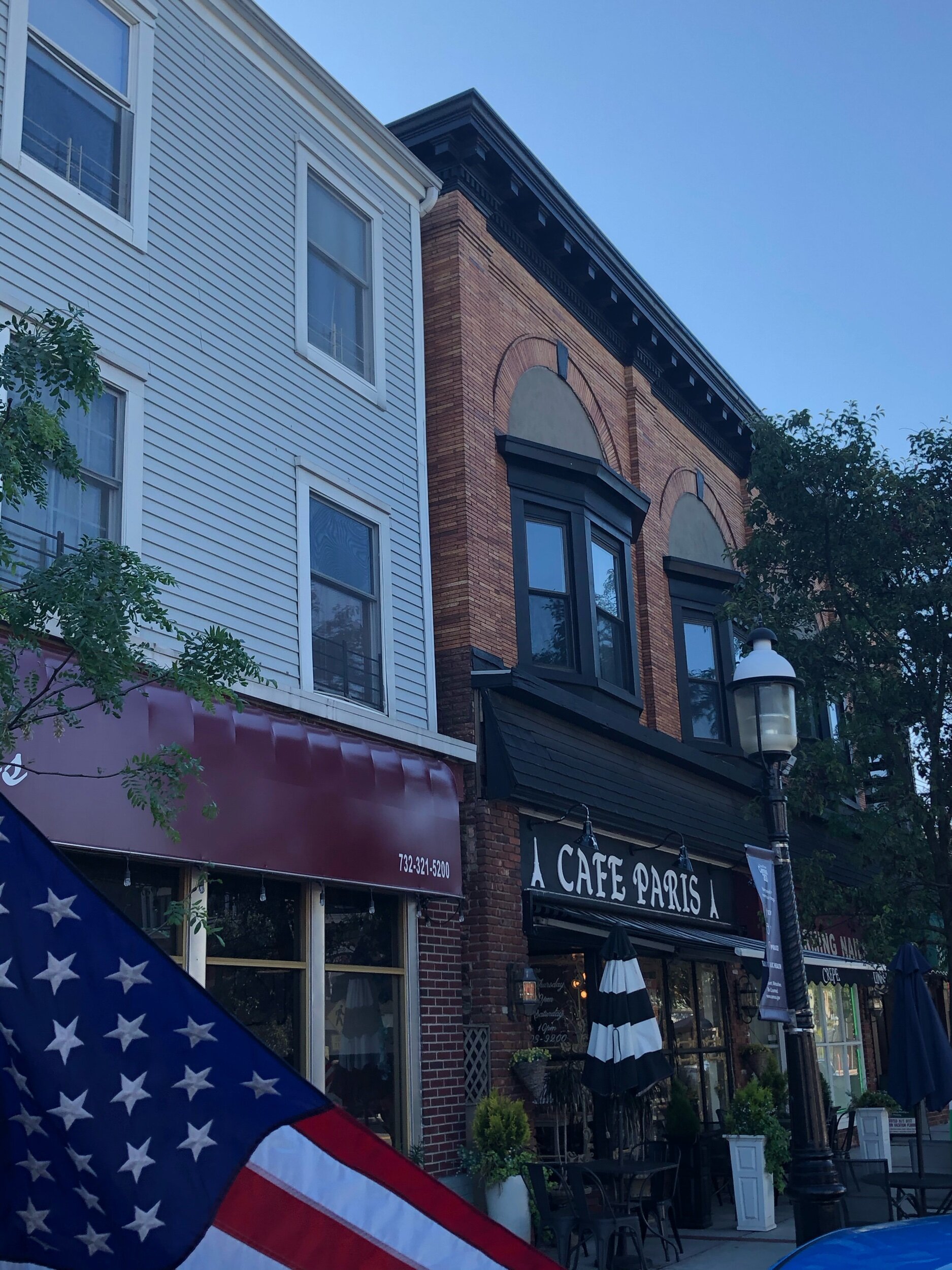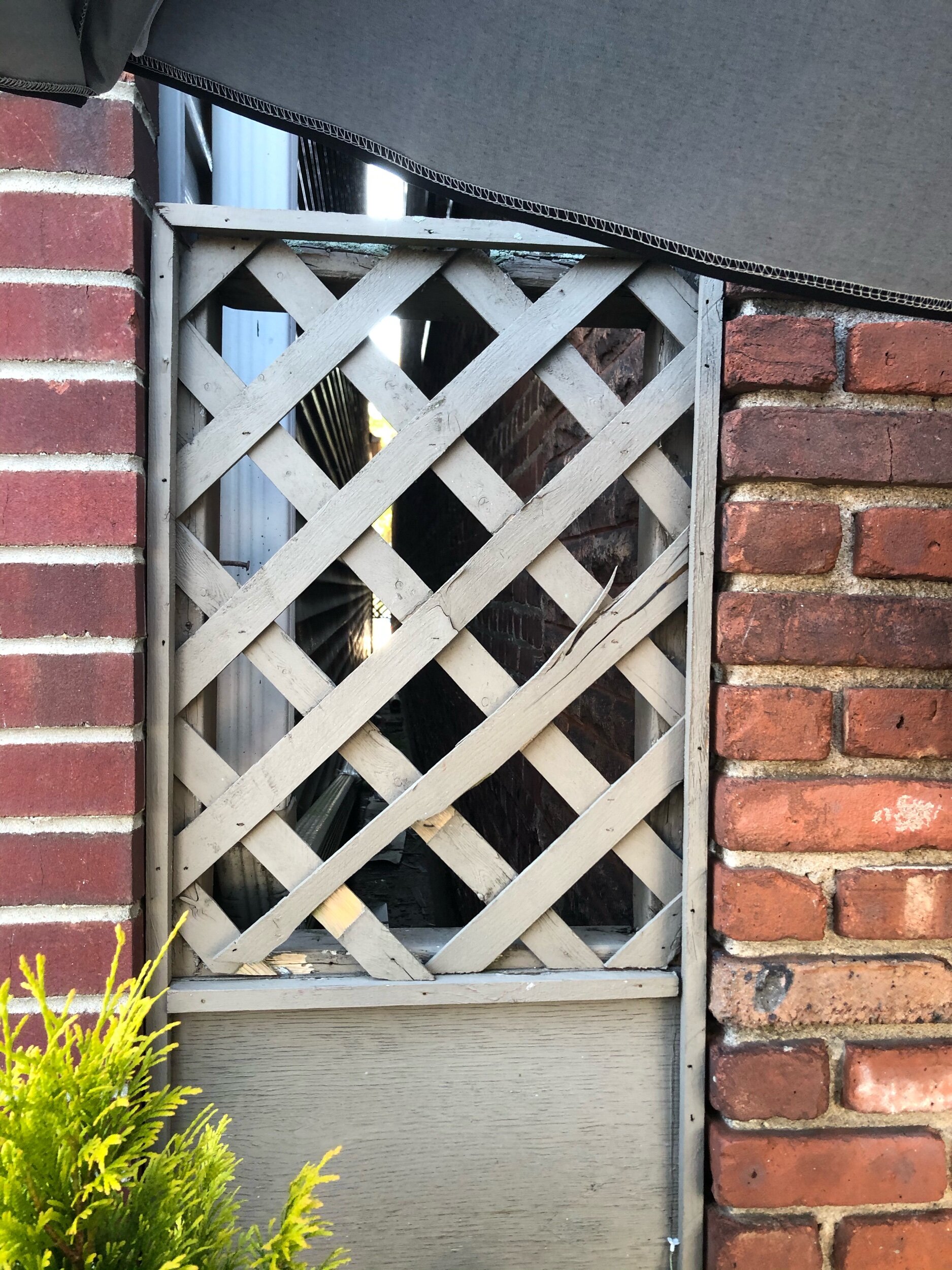Anger management. Yes, it’s the title of a movie starring Adam Sadler and Jack Nicholson, but it is also a big problem in our society. Do a Google search for “Anger Management” and you’ll get over 262,000,000 hits. Most of these sites don’t have anything to do with the movie.
Anger is a natural emotion. It can be a healthy emotion to express. In the work environment however it is a hard emotion to process. Working in a time sensitive and at times dangerous industry only increases the likelihood of anger increasing on the job. Emergencies, equipment failures, and a variety of personalities on a scene can combine to make for one very frustrating and anger-filled environment.
Left unexpressed, anger can internalize and cause physical problems. Repressed anger can come out in passive aggressive behavior, depression, or in a negative outlook of life in general.
The key is to express anger in a constructive manner. Too many individuals channel their anger in destructive ways. When I was growing up we referred to it as the “kick the dog theory.” This theory basically said a person who gets in trouble with a boss in the work place can’t voice their anger at the boss. Instead they go home and for no reason kick the dog – definitely not the way to handle anger and frustration!
If you have an encounter in the work place and feel yourself getting angry you do have options in how you respond. We can’t always control what is happening around us, but we can control our reactions to what is happening.
Your options include learning how to express your anger in a manner that does not harm yourself or another person. These options take practice.
Count to ten. It sounds like a cliché, but there are studies to back this practice up. When we’re angry, we use the emotional side of our brain. This is where the “four letter words” reside. Taking a minute to count to ten before you speak will bring you back into the rational side of your brain. The counting method also gives us sometime to calm down and is a distraction from what we reacted to.
Sleep on it. While related to the first suggestion, this advice applies to situations when a decision is announced and your first reaction is anger. Allowing a little time between the announcement and your reaction can help by allowing all the facts to be presented. We often get angry first and discover later our fears never materialize.
Write out your response. Sometimes it helps to write everything down. All the things you want to say but don’t feel you can. This is the version you keep in a private place or shred later. Write down all your thoughts, including the things you’d never say out loud to someone, then move to a more rational approach. Write down why or what upset you. Then write down how you can resolve the problem (remember you can’t harm yourself or others!)
Exercise – We often feel an an adrenaline rush along with the feeling of anger. This is related to the fight or flight response. Taking a walk, or more strenuous exercise, can help your body process the rush you felt during the encounter,
In some cases the pattern of anger has gone on for so long, outside counseling is needed to help you live a healthier life. Your friends and family will also give you clues that you need help. Taking that first step can be scary, but well worth the rewards.
If you are a member of a faith community the clergy person may be a good resource for referrals. They can also offer practices within the framework of your faith system of how to work through anger. The American Psychological Association has a very helpful information on their web site about anger management, what it is, how to deal with it and when to seek outside help.
Additional reading:
What your Anger May be Hiding
Anger Management: Understanding Anger
Science of Anger: How Gender, Age and Personality Shape This Emotion
To learn more and for more information please visit: https://dorielgriggs.com/
About the Author (via LinkedIn Profile):
After a career in various public relations and marketing positions in college and professional sports and the hospitality industry, Dorie L. Griggs attended Columbia Theological Seminary, where she earned her Master of Divinity degree in 2002.
During her final year at Columbia, Dorie developed a model of chaplaincy for journalists who cover traumatic events. She has served as a volunteer with the Dart Center for Journalism and Trauma, an organization founded by Dr. Frank Ochberg, MD. She is the Chaplain for the Roswell, GA Fire Department.
Dorie served as the Communications Manager for the nonprofit, Faith And The City, from 2002-2004. In that capacity she produced the award-winning interfaith dialogue cable TV program, Faith And The City Forum.
She is the author of a self-care advice column for newspaper journalists, One-On-One, which appeared in the e-Letter of the Southern Newspaper Publishers Association in 2003-04.
Dorie completed a year as a chaplain resident through the clinical pastoral education (CPE) program at the Atlanta VA Medical Center in June of 2015. During her time at the VA Dorie received recognition for her work on the Surgical ICU team with the DAISY Team Award. She now serves on the Professional Advisory Group for the Office of Chaplain services at the AVAMC.
In April of 2014 Dorie was named the 2014 Pioneer in Ministry Award recipient by Columbia Theological Seminary in appreciation for her ministry of presence with journalists and for her support of parents of Citadel cadets. Read more here.
Memberships and organizations past and present: Parent Committee Chair, Atlanta Citadel Club; The International Society of Traumatic Stress Studies; The Ochberg Society for Trauma Journalism; a commissioned Stephen Minister and founding chair of the Military Ministry at Roswell Presbyterian Church; she was a committee chair for the Citadel Family Association, a support group for parents with cadets at The Citadel, the Military College of South Carolina. She is entering her 26th year as a press box volunteer with the Chick-fil-A Peach Bowl in Atlanta.
Her background in traumatic stress studies as well as being a Level II graduate of the Jeff Justice Comedy Workshoppe has helped her in her role as mother to 3 children: Nelson, a 2011 graduate of The Citadel, who recently left the Army as a captain in the U.S. Army, and is now working in Dallas, TX; Taylor the family comedian and bartender; and Chelle (pronounced Shelley) the actress of the family. Dorie is married to Stanley Leary, a freelance photographer.
You can contact Dorie here: dorie@dorielgriggs.com
















